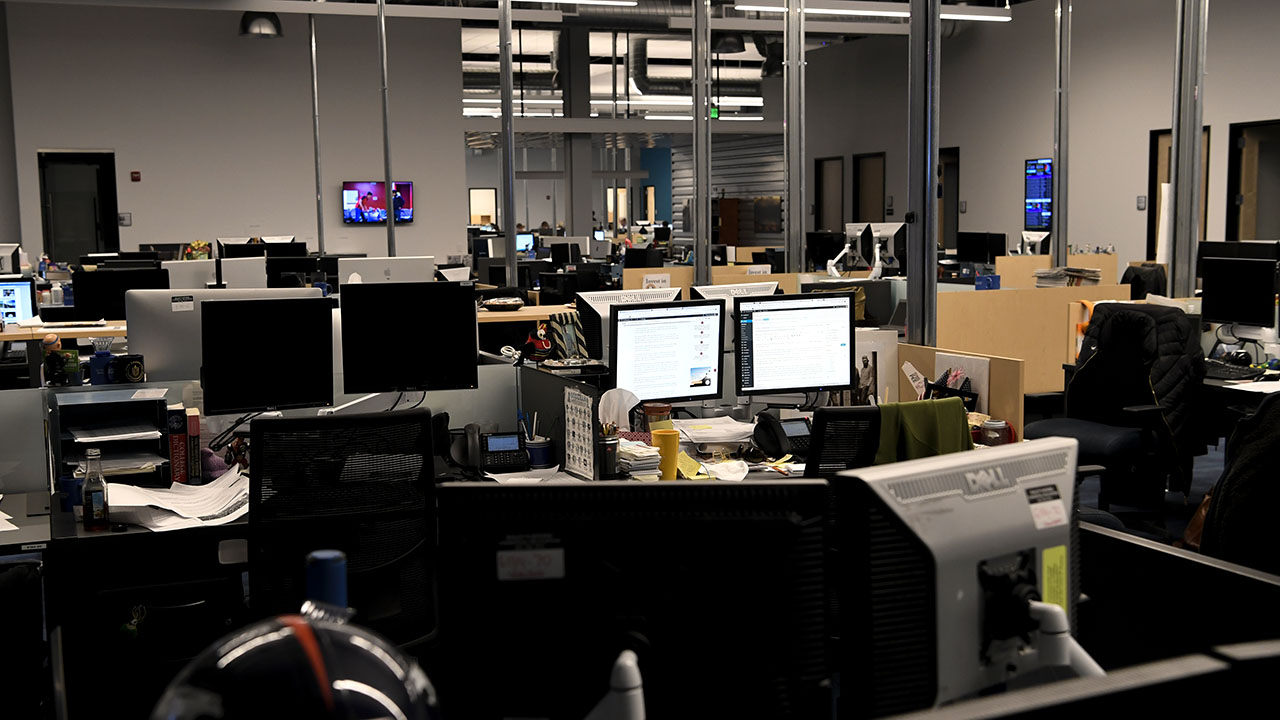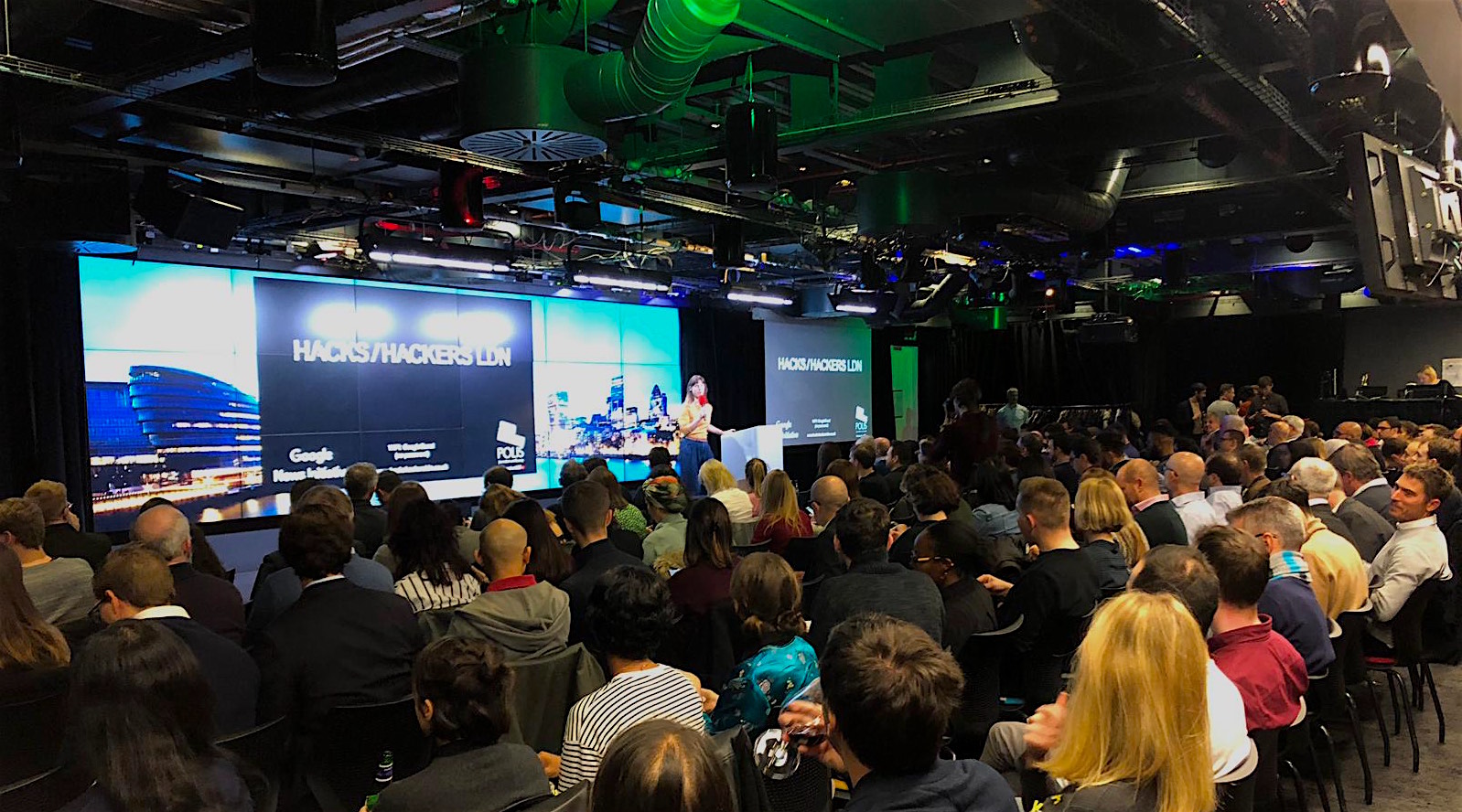At JournalismAI, we believe in the power of collaboration as a tool to help news organisations facilitate and accelerate innovation. But that doesn’t mean that collaborating is ‘easy’. Over the past few months, I have been working with Agnes Stenbom of Schibsted on a research study to explore how news organisations can join forces to accelerate AI-powered innovation. In this article, I share what we have learned so far.
Implementing AI in newsrooms can appear daunting, dangerous and difficult. The bundle of technologies such as automation and machine learning are driven by data and algorithms that might seem complex to non-technical news workers. So it might make sense to work with other people to see if AI could solve your problems instead of doing it all on your own. That is why the Polis/LSE JournalismAI project created the ‘Collab’ scheme where teams of journalists from different news organisations worked across professional and geographical boundaries to explore this technology. Now we are working on a research project to see what did – and didn’t work when those news people worked together with AI.
The JournalismAI project was launched by the LSE journalism think-tank Polis with support from the Google News Initiative in April 2019. The declared mission was to “inform media organisations worldwide about the potential of AI-powered technologies”. In its first year, the team conducted a global survey of journalism and artificial intelligence that was published as the “New powers, new responsibilities” report in November 2019. Among the key findings was the need for new collaborative opportunities to accelerate AI-powered innovation. As a result, JournalismAI launched the Collab in April 2020. In 2021 it is running again.
21 participants from news organisations worldwide were divided into five teams to address challenges that they had chosen. The project was guided by a human-centred design approach. The participants arranged knowledge-sharing sessions and had monthly meetings to report their progress on tackling the selected challenges. The participants also had access to a group of expert coaches including academics, technologists, and other journalists who were experienced in working with AI.
After six months of working together, the teams produced reports and gave presentations at the (virtual) conference “The JournalismAI Festival” in December 2020. The outcomes they produced included resources on the role that AI can play in helping newsrooms to understand, identify and mitigate their own biases, a study on the potential to use automated summaries to connect users with quality journalism, and more.
The LSE JournalismAI team initiated a study of the 2020 Collab to help understand its effectiveness and to gain wider insights into innovation around AI. The research was led by Agnes Stenbom, a doctoral researcher at the KTH Royal Institute of Technology in Stockholm and the Responsible Data & AI Specialist at the Nordics publisher Schibsted. Stenbom was also a participant in the 2020 Collab. The 32 participants in the Collab were surveyed at the end of the experience, and a selection was interviewed in-depth about their experience.
We were interested in finding out how this experiment in collaboration might give insights into the institutional logics of the news industry and longer-term trends that are reshaping the roles, culture and professional practice of journalists. We were especially interested in the way that AI technologies, such as machine learning and other types of automation, might influence new ways of innovating, adapting and working. In the past, the news industry has rightly been proud of its independent, competitive culture, but in the face of the challenge of new technologies and the lack of resources, would it make sense to add a collaborative approach?
The findings of the research into the Collab experiment will be outlined fully at a later date, but early results are very much in line with my wider experience over the last 15 years of listening to news practitioners talking about dealing with new technologies. Increasingly, journalists are finding themselves working in ‘product development’ or the adoption of new tools in the newsroom. When they do that they often have to work differently from traditional news reporting or content creation.
I’ve watched journalism go online and then adapt to social media. Now it’s facing a third wave of change with AI. Increasingly, those responsible for adopting the new tools and systems are turning to other people for inspiration and assistance. Even people in the biggest news organisations are more prepared to seek information, case studies and dialogue about technology beyond their own companies. What impressed me about our Collab was how collaboration as a deliberate strategy itself could be catalytic to making progress.
So why?
Our research shows that people didn’t find our Collab experiment ‘easy’. They had to work with people from different organisations on challenging topics such as automation of summaries or countering bias. They came from different career backgrounds, had different skill levels, spoke different languages and worked for a wide variety of news organisations across visual, audio, and text journalism. But interestingly, this seemed to have helped spark fresh thinking. They told us how they were pleased to have a space to think about innovation in new ways, outside of the daily demands of their own news organisation.
Collaboration helped build their personal knowledge about AI but it also gave them great ideas to take home to their own work. Again, what surprised me was that the Collab inspired many of them to think of more collaborative ways to work inside their news organisations, reaching across departmental boundaries for example. They were also interested in working collaboratively externally in the future. Creating partnerships with universities or start-ups, for example.

The participants of the JournalismAI Collab were generally people who are curious about and active with new technologies. So it’s not so surprising that they wanted to engage. Often they had career paths that had involved collaboration in fields that are more used to networking such as data science or software development. But even the hardest-bitten hacks could see the efficiency of copying other people’s good ideas and learning from exploration. It made sense from a practical perspective.
I am biased on this issue because I am the director of JournalismAI! It also has to be said that although the Collab produced real results in terms of insights, learning and practical outcomes, it was an experiment. And there was friction and tension with ‘normal’ journalism practice. Collaboration is hard work. You have to plan it and support it. It doesn’t always align with the immediate priorities of a hard-pressed news professional or organisation. But I think we can claim that it can have exponential, long-term benefits. I would also argue that it is part of a longer, larger trend towards collaboration in journalism generally, not just around AI. I can’t wait for the results of this year’s Collab Challenges and to hear what the participants made of working together this time.
Sign up for our monthly newsletter to stay up-to-date with all the news about JournalismAI.
JournalismAI is a project of Polis, supported by the Google News Initiative.








Good blog post, Charlie! I particularly agree with the point that engaging in crossborder collaboration around AI journalism makes you more inclined to explore new ways for collaboration also between departments of your own company.